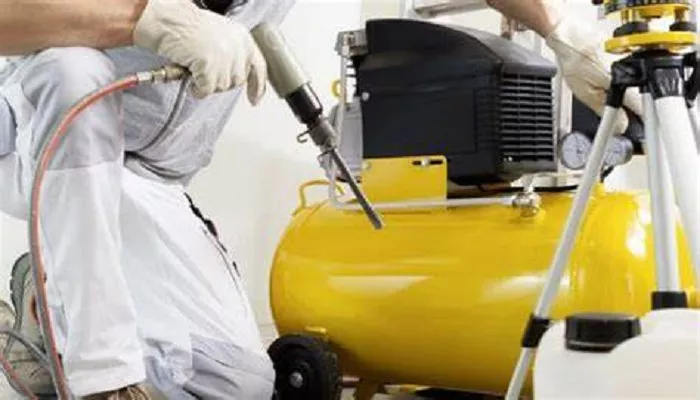Replacing an AC compressor is a critical task that requires careful planning and execution. A compressor is the heart of an air conditioning system, and improper replacement can lead to system failure, reduced efficiency, or even costly damage. To ensure a successful repair, several components must be inspected or replaced alongside the compressor.
The AC Compressor Itself
The compressor is responsible for circulating refrigerant and maintaining pressure in the system. When it fails, replacement is often necessary.
Why Replace the Compressor?
- Mechanical failure (seized bearings, broken pistons, or valve damage)
- Electrical failure (burnt clutch or shorted windings)
- Contamination (metal shavings or debris from internal wear)
Choosing the Right Replacement
New vs. Remanufactured: A new compressor is ideal, but a high-quality remanufactured unit can be cost-effective.
Correct Specifications: Match the compressor model to your vehicle or system requirements.
Proper Lubrication: Ensure it comes with the correct oil type and amount (PAG, POE, or mineral oil).
The Receiver/Drier or Accumulator
The receiver/drier (in expansion valve systems) or accumulator (in orifice tube systems) must be replaced when changing the compressor.
Why Replace It?
Moisture Absorption: The desiccant inside becomes saturated over time.
Contamination Risk: If the compressor failed, debris may have entered the drier.
System Protection: A fresh drier prevents moisture and acid buildup.
Key Considerations
Match the Type: Use the correct drier for your system (TXV vs. orifice tube).
Install Last: To avoid moisture absorption, install the new drier just before evacuation.
The Expansion Valve or Orifice Tube
These components regulate refrigerant flow. Replacement is often necessary after compressor failure.
Expansion Valve (TXV) Systems
Sensitive to debris: Replace if the compressor failed catastrophically.
Ensures proper refrigerant metering: A clogged valve reduces cooling efficiency.
Orifice Tube Systems
Acts as a filter: Often catches metal debris from a failing compressor.
Cheap but critical: Always replace if the compressor sent debris downstream.
How to Choose?
Inspect for Debris: If the old part is clogged, replace it.
Follow Manufacturer Specs: Use the correct orifice size or TXV type.
Refrigerant & Oil
Refrigerant Replacement
Never reuse old refrigerant: It may contain contaminants or moisture.
O-Rings & Seals
Why Replace Them?
Prevents refrigerant leaks: A small leak can lead to system failure.
Best Practices
Use HNBR (Green) O-rings: Resistant to refrigerant and oil.
Replace all accessible seals: Including those at connections, service ports, and hoses.
The Condenser (In Some Cases)
The condenser may need replacement if
- Metal debris from the compressor entered the system.
- Clogged or damaged fins restrict airflow.
- Corrosion or leaks are present.
When to Replace?
- If the compressor failed catastrophically (sending metal through the system).
- If flushing is not an option (some condensers cannot be properly flushed).
Additional System Checks
Proper Evacuation (Vacuuming the System)
Removes air and moisture: Run a vacuum for at least 30-45 minutes.
Check for leaks: Hold vacuum to ensure no leaks are present.
Correct Refrigerant Charging
Weigh the refrigerant: Do not guess the amount.
Check pressures: Ensure high and low sides are within specs.
Final Performance Test
- Monitor vent temperatures (should be 35-45°F at optimal conditions).
- Verify clutch engagement and system pressures.
Conclusion
Replacing an AC compressor is more than just swapping a single part. A professional approach requires replacing or inspecting several components to ensure system reliability.By following these steps, you can restore your AC system to optimal performance and avoid premature failures. Always refer to manufacturer guidelines and use quality parts for the best results.

